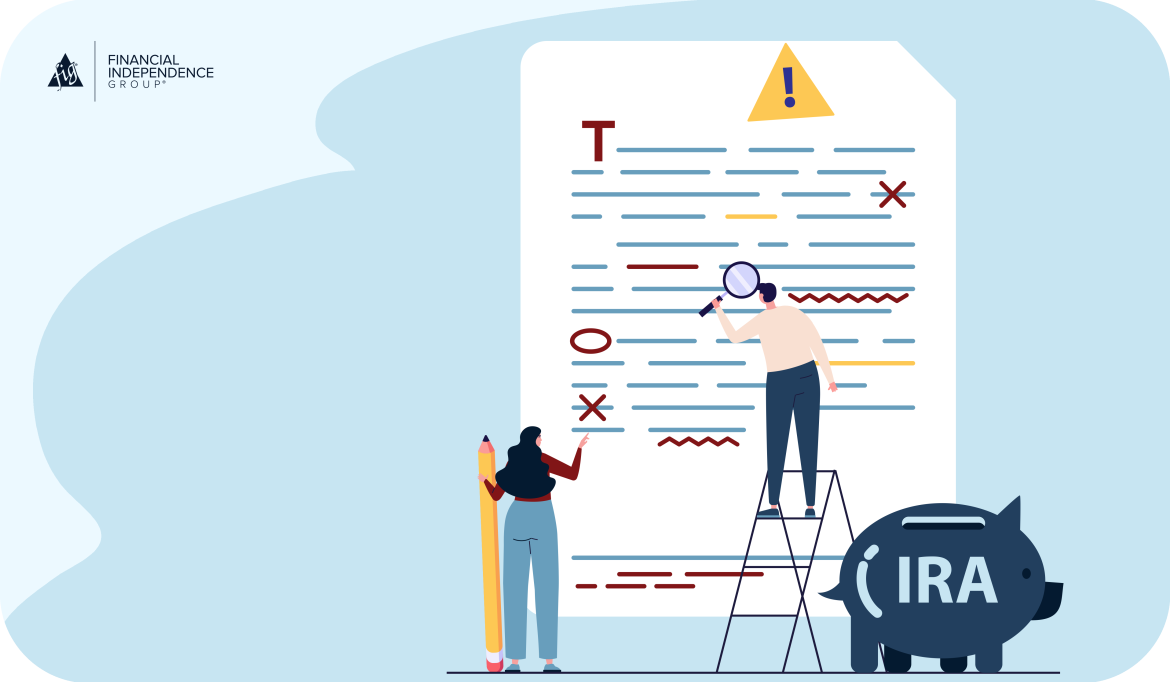Updated November 10, 2025, at 2:22 PM
IRA beneficiaries face a new reality in 2025, with the IRS’s final required minimum distribution (RMD) regulations that came into force on January 1, 2025. These rules have substantial implications for trusts, whether “see-through,” conduit, or accumulation, and how inherited IRAs are handled.
As estate and trust planners advise clients, this is potentially the year that naming conventions and trust structures matter more than ever. Here’s how to get it right.
Tips for Trusts & IRAs After New RMD Rules
Know the New RMD Framework
The SECURE Act’s ten-year rule is final and in effect. Now, any inherited IRA must be fully distributed within ten years of the original owner’s death, except when beneficiaries qualify for extended stretch options as “eligible designated beneficiaries” (EDBs). Understanding who qualifies—and when—is vital for client plans.
See-Through Trusts are Must-Haves
To permit trust-based stretching of IRA payouts, trusts must qualify as see-through trusts. Requirements include:
- Valid under state law and irrevocable at the right time
- Clearly identifiable individual beneficiaries
- Furnishing a copy to the IRA custodian by October 31 of the year following death
Still, making an irrevocable trust is risky for the beneficiary. For example, if any requirements fail, IRAs may be taxed immediately under a five-year payout or forced under the ten-year rule with no stretch.
Conduit vs. Accumulation Trusts
- Conduit trusts pass all RMDs through to beneficiaries immediately. They’re great for preserving stretch benefits, but may expose heirs to high tax burdens quickly.
- Accumulation trusts allow retained distributions but sacrifice stretch benefits and may accelerate the ten-year period, and can be helpful in specific creditor or tax planning scenarios.
Update Legacy Documents
If IRA beneficiary language hasn’t been updated post-2025 final regulation changes, missteps are common:
- Generic references like “trust” or “my children” won’t suffice.
- Outdated verbiage may unintentionally disqualify stretch provisions or misallocate assets.
Updating documents is crucial—not just “when you have time” to get around to it. Review language now for precision and clarity.
Highlight Use-Case Scenarios
Here are some quick frames to work with:
- Surviving spouse: Treat as own, delay RMDs if pre-RMD age, or roll into IRA plan.
- Minor child: Delay RMDs until age of majority; then the 10-year rule kicks in.
- Non-individual (estate) large trust: Forced into five- or ten-year distributions, often all at once.
- Multi-beneficiary trusts: Carefully align with EDB rules to avoid backup distributions or RMD recalculation mistakes.
Client Checklist: Essentials for 2025
- Trust audit: Confirm trust language qualifies as see-through.
- Beneficiary clarity: List all individual beneficiaries, mapped to EDB status.
- Custodian copies: Ensure trusts are submitted by October 31.
- Model distribution timelines: Show implications of conduit vs. accumulation.
- Plan updates: Especially around Roth vs. traditional IRAs—look at tax impact over ten years.
Empower your business to effectively position client plans by downloading the free Estate Planning Playbook. Because the decisions you make now define efficiency, legacy, and control for your clients’ financial plans.


